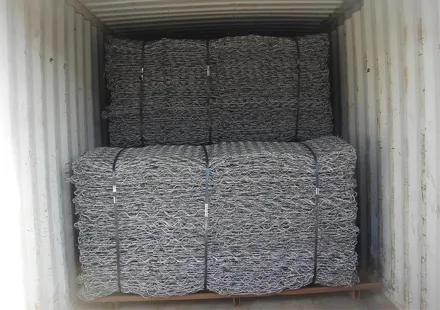Dec . 06, 2024 06:11 Back to list
Hydraulic Hose Connectors and Fittings for Efficient Fluid Transmission Solutions
Understanding Hydraulic Hose Connectors and Fittings
Hydraulic systems play a crucial role in various industrial and automotive applications. They rely on hydraulic fluid, usually oil, to transmit power through the use of hoses, connectors, and fittings. Among these components, hydraulic hose connectors and fittings are vital in ensuring the efficiency and reliability of hydraulic systems.
What Are Hydraulic Hose Connectors and Fittings?
Hydraulic hose connectors, often referred to as hydraulic fittings, are mechanical devices used to join hoses, tubes, and pipes within a hydraulic system. These connectors serve multiple functions they secure the connection, maintain the flow of hydraulic fluid, and prevent leaks under high pressure. The configuration and material of these fittings can vary significantly based on the application, pressure rating, and environmental conditions.
Types of Hydraulic Hose Connectors
1. Threaded Connectors One of the most common types, threaded connectors use screw threads to create a tight seal between hoses or pipes. They can be either tapered or straight, and various threads (e.g., NPT, BSP, JIC) are available, each designed for specific applications.
2. Quick-Connect Couplings These connectors allow for rapid connection and disconnection of hoses without the need for tools. Quick-connect couplings are advantageous in mobile applications where time is of the essence, and they are widely used in agricultural and construction equipment.
3. Flanged Connectors Flanged fittings consist of a flat piece with holes for bolts that hold two parts together. They are often used in high-pressure applications where a robust connection is necessary.
4. Barbed Fittings Barbed fittings incorporate a protruding ridge that, when inserted into a hose, creates a tight seal. These fittings are typically used in low-pressure applications and are straightforward to install.
5. Swaged Fittings Made by deforming the fitting onto the hose, swaged fittings create a permanent connection. They are commonly employed in high-pressure hydraulic systems because of their superior ability to withstand stress.
Material Considerations
The selection of material for hydraulic connectors is critical
. Common materials include- Steel High-strength and able to withstand high pressures, steel additives resist corrosion. It’s widely used in industrial applications. - Stainless Steel Offers enhanced corrosion resistance, making it suitable for both marine and chemical environments.
hydraulic hose connectors fittings

- Aluminum Lightweight and resistant to corrosion, aluminum is often employed in lightweight applications but may not withstand the same pressures as steel.
- Plastic Used primarily for low-pressure applications or in situations where weight is a concern. However, plastic can degrade under heat or certain chemicals.
Importance of Proper Connection
Ensuring the correct installation and maintenance of hydraulic hose connectors and fittings is essential for system performance. Poor connections can lead to leaks, system failures, or even catastrophic accidents. Regular inspections should be conducted to check for signs of wear or damage, and connectors should be replaced when necessary.
Operators must also follow torque specifications provided by manufacturers during installation. Over-tightening can damage components, while under-tightening can result in leaks.
Maintaining Hydraulic Hose Connectors
To prolong the life of hydraulic hose connectors and ensure system efficiency
- Regular Inspection Check connections for wear, corrosion, and leaks. Pay attention to the threads on fittings and the condition of the hoses.
- Proper Storage and Handling Ensure that hydraulic hoses and connectors are stored in suitable conditions that protect them from extreme temperatures and chemicals.
- Use of Appropriate Sealants When necessary, applying suitable sealants can help prevent leaks, especially on threaded connections.
Conclusion
Hydraulic hose connectors and fittings are essential components in the reliability and efficiency of hydraulic systems. Understanding the different types, materials, and maintenance practices can help ensure optimal performance and minimize downtime in various applications. Whether in industrial settings, mobile machinery, or automotive uses, the proper selection and care of hydraulic fittings are paramount to operational success.
-
The Role of Field Wire Fence in Grassland Conservation
NewsJul.15,2025
-
Stainless Steel Razor Wire Durability in Coastal Environments
NewsJul.15,2025
-
Enhancing Home Security with Mesh Fences
NewsJul.15,2025
-
Diamond Mesh Wire for Small Animal Enclosures
NewsJul.15,2025
-
Common Wire Nail Tensile Strength Testing for Woodworking
NewsJul.15,2025
-
Barbed Wire Corrosion Resistance Galvanization Techniques
NewsJul.15,2025









